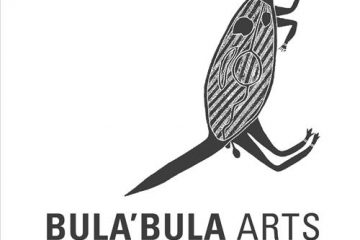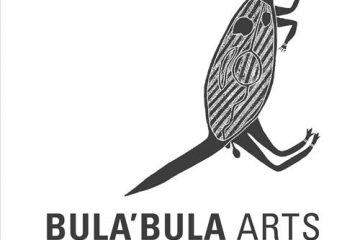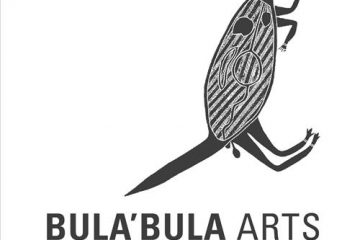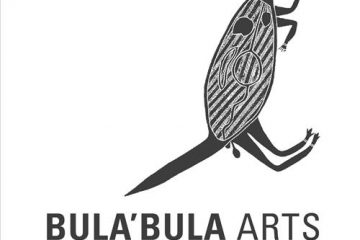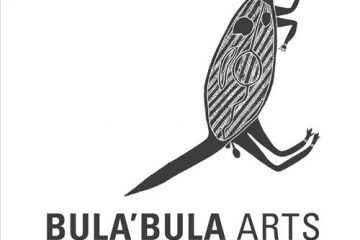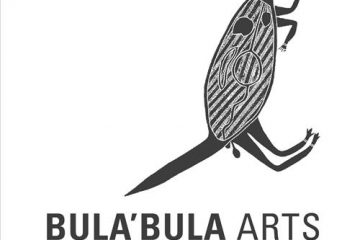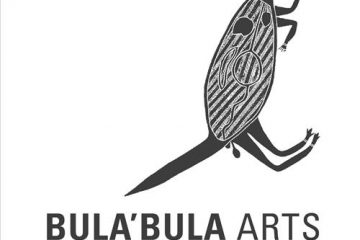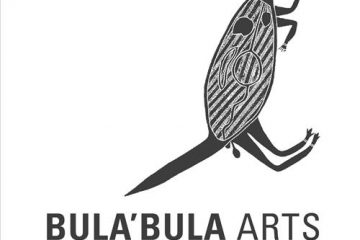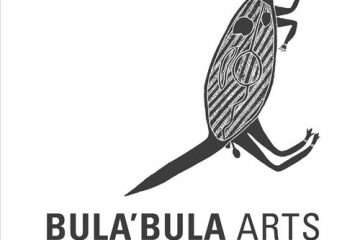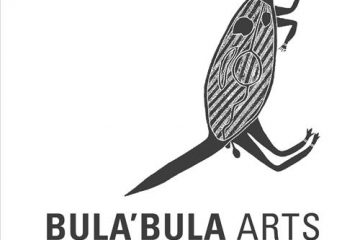Bula'bula Arts
115682363705
Woven Sculpture (Hat) Yolŋu weavers of Arnhem Land craft both utilitarian and ceremonial objects using naturally sourced materials, with more recent works also including decorative pieces. The choice of fibre depends on the intended function of each piece. One of the primary materials is the young, green leaves of the Read more…
